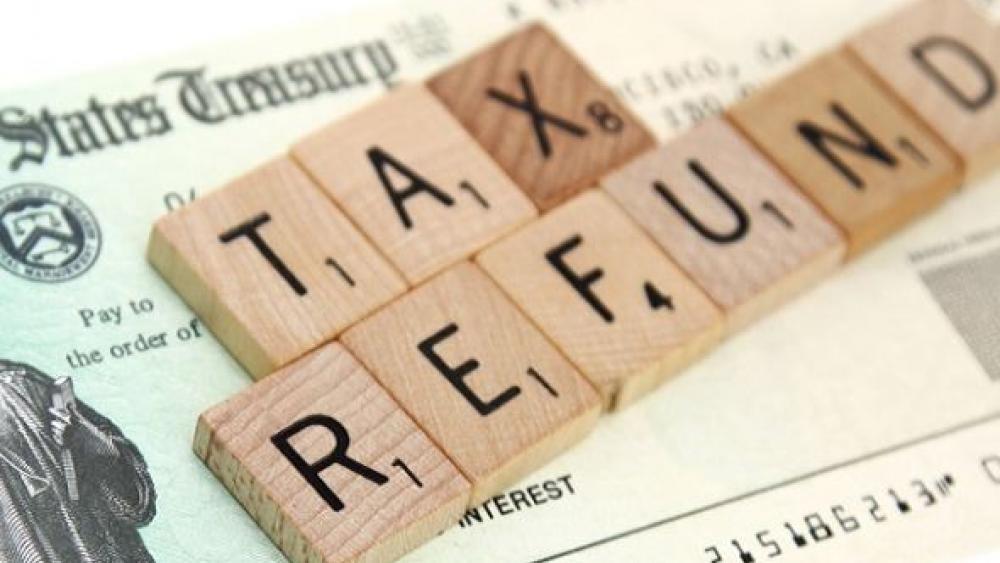A popular planning objective for taxpayer-debtors who are anticipating a bankruptcy filing while expecting a refund, is to make an election to apply the overpayment to a subsequent year. A taxpayer can elect to have an overpayment refunded or applied to the subsequent year’s estimated tax payment. This election, once made, is generally irrevocable (Sec. 6513(d); Regs. Sec. 301.6402-3(d); Rev. Rul. 55-448). Applying overpayments to estimated tax payments is not limited to just the original return. Taxpayers can also apply overpayments from amended returns (Forms 1040X, Amended Individual Income Tax Return , and 1120X, Amended U.S. Corporation Income Tax Return ) to a later year’s estimated tax payments.
In these circumstances, if the tax returns which contain an overpayment relate to pre-petition tax periods (i.e., the bankruptcy was filed after 12/31 of the income tax year in question) it is incumbent upon the taxpayer-debtor to disclose with particularity the pending overpayment, especially if the tax returns contain a post-petition election to carry forward and apply the overpayment to a future year.
In the recent case of Miller v. Wylie, No. 21-04012 (Bankr. E.D. Mich. 2023), the court examined both a pre-petition election to carry forward an overpayment and a post-petition election to carry forward an overpayment and provided a detailed review of the conduct of the debtor in both instances. Although in both instances, the debtor made a “transfer” by virtue of the election to carryforward the overpayment; the court found that the pre-bankruptcy election did not meet the intent element of Bankruptcy code section 727(a)(2)(A) which denies a discharge to a debtor if with intent to hinder, delay, or defraud a creditor or the trustee, has transferred, removed, destroyed, mutilated, or concealed, or has permitted to be transferred, removed, destroyed, mutilated, or concealed property of the debtor, within one year before the date of the filing of the petition. Instead, the court viewed the election in this case as a preference recoverable by the estate but refused to deny the debtor a discharge because of this election. The court then turned to post-petition election and considered whether this election sought to transfer and conceal property of the estate under Bankruptcy code section 727(a)(4)(A) as a transfer made after the filing of the bankruptcy petition wherein the debtor made a false statement in its bankruptcy petition schedules . In this instance, the debtors were saved only because they had provided the trustee with copies of the tax return close to the time when they filed their bankruptcy case thereby neutralizing the effect of their alleged false statements.
However, in the end, with respect to the post-petition election, the court was able to “hang its hat” on Bankruptcy section 727(a)(2)(B) finding that the carryforward election effectively transferred property of the estate with he intent to hinder, delay or defraud the trustee.

